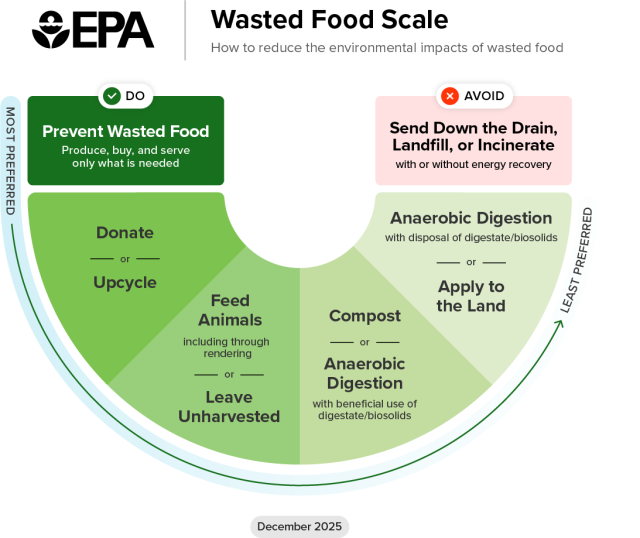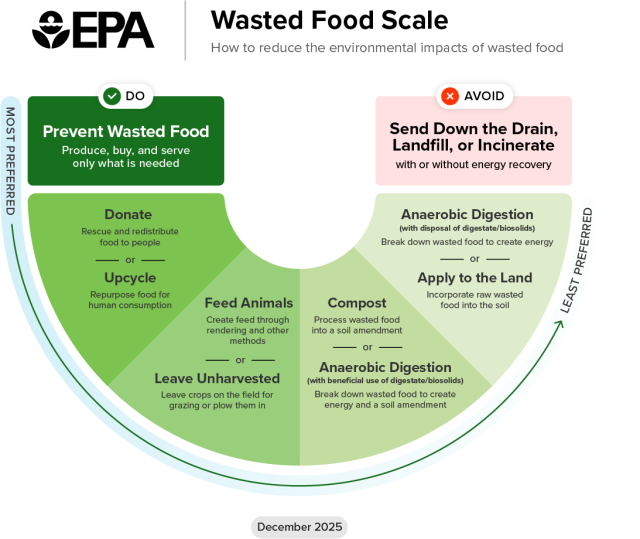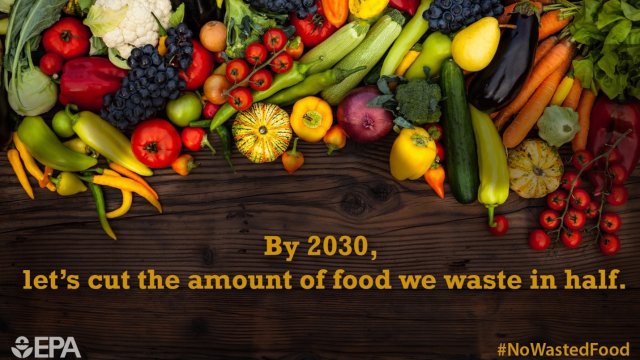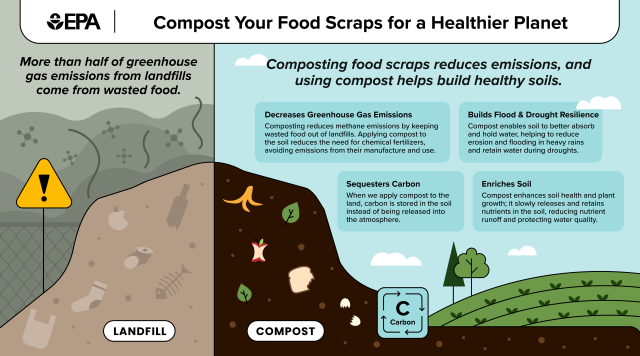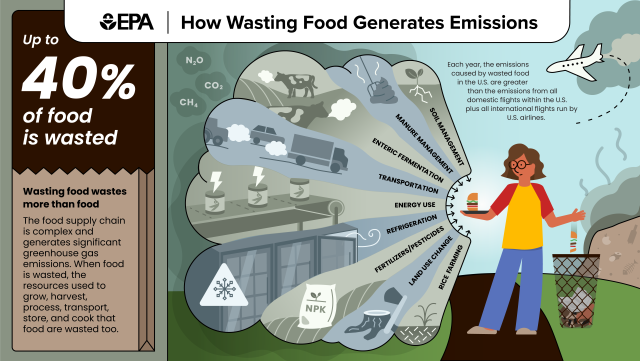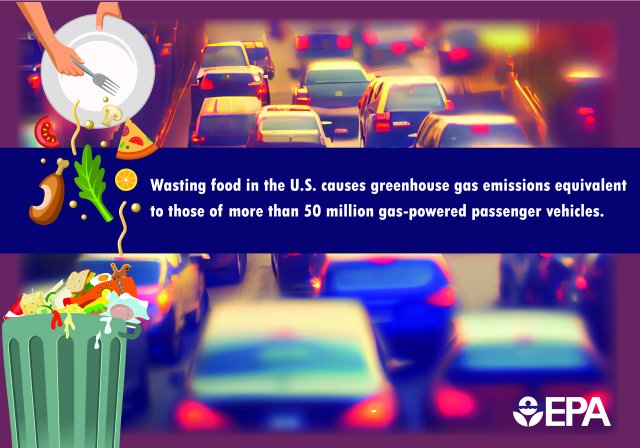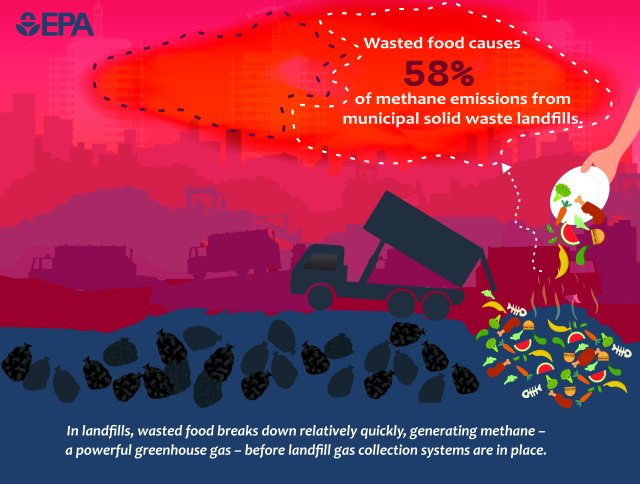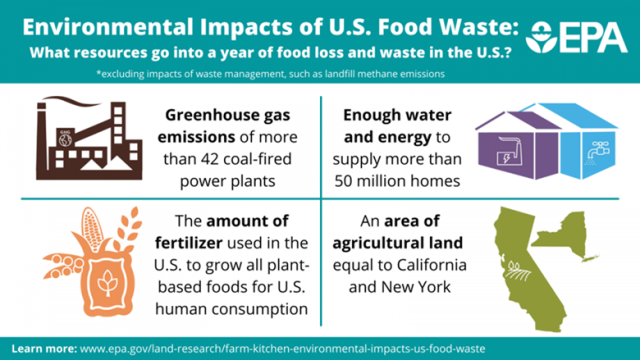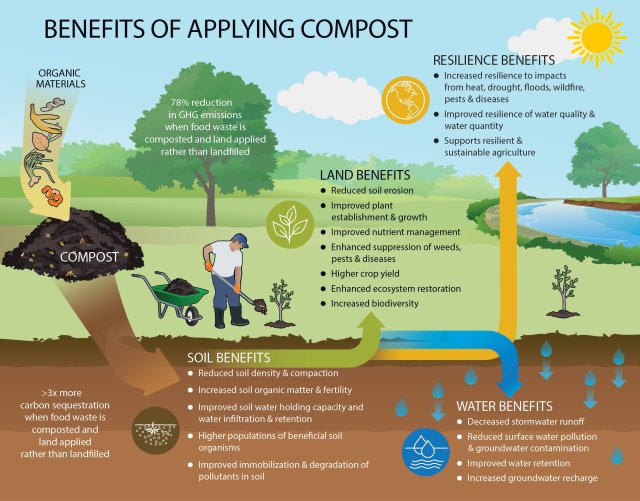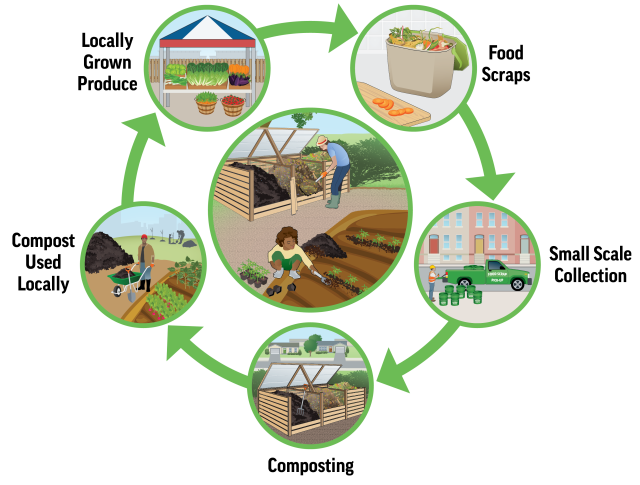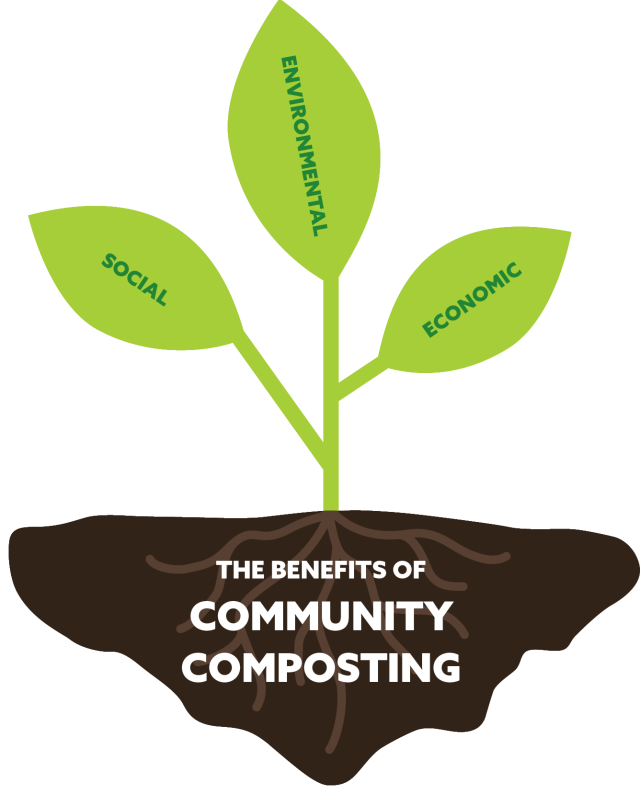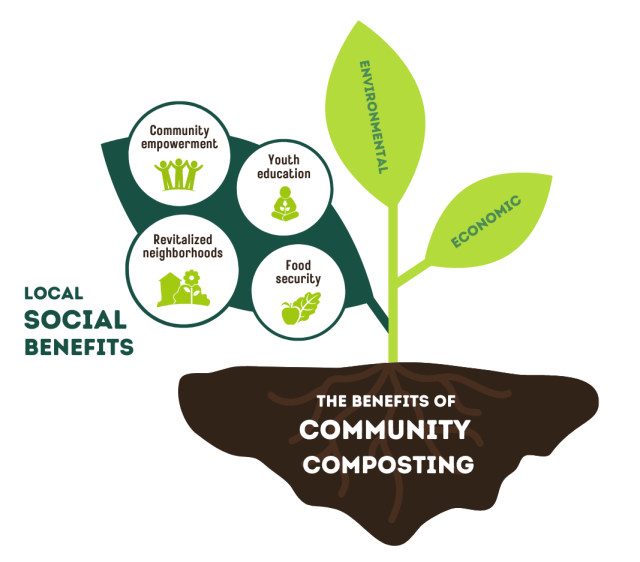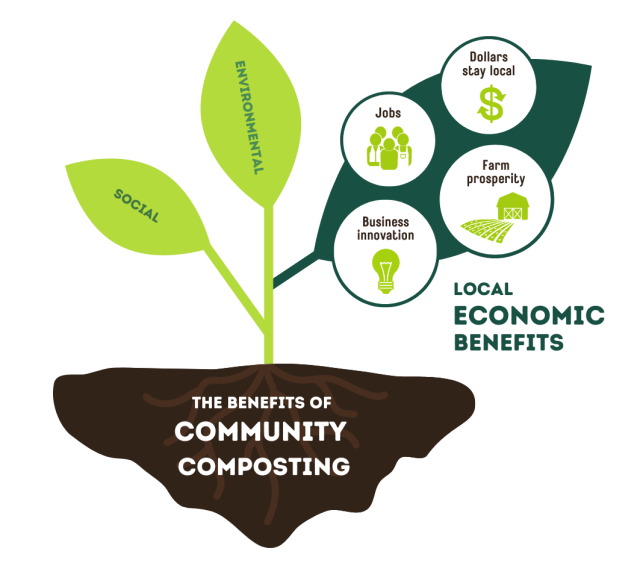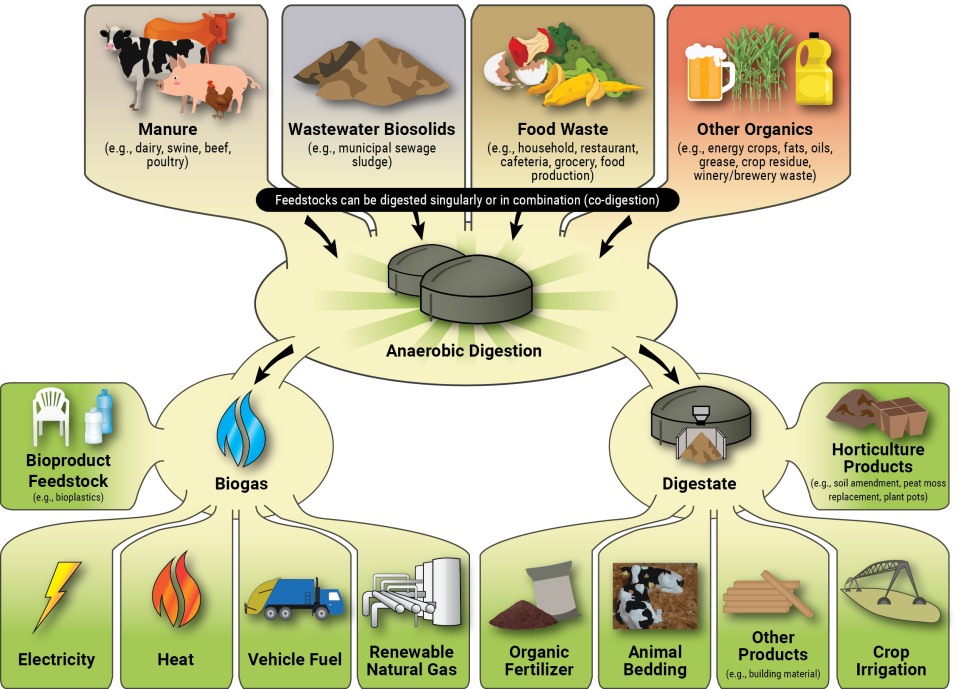Sustainable Management of Food Graphics
On this page:
- Wasted Food Scale
- National Food Loss and Waste Reduction Goal Graphic
- Environmental and Greenhouse Gas Emissions Impacts of Wasted Food Graphics
- Cost of Wasted Food to the American Consumer Graphic
- Benefits of Applying Compost Graphic
- Community Composting Graphics
- Anaerobic Digestion Graphic
- Resources from Our Federal Partners
We encourage anyone to use our graphics. Please credit U.S. Environmental Protection Agency. Contact smmfood@epa.gov with any questions.
Wasted Food Scale
View the text on the simplified and detailed versions of the Wasted Food Scale and access the Wasted Food Scale in Arabic, Chinese – Simplified, Chinese – Traditional, Korean, Russian, Spanish, Tagalog and Vietnamese on the Wasted Food Scale webpage.
National Food Loss and Waste Reduction Goal
Learn about the national food loss and waste reduction goal and the "National Strategy for Reducing Food Loss and Waste and Recycling Organics."
Environmental and Greenhouse Gas Emissions Impacts of Wasted Food Graphics
Learn about the impacts of wasted food through EPA’s food waste research.
View the text on the Compost Your Food Scraps for a Healthier Planet Graphic below.
View the text on How Wasting Food Generates Emissions Graphic below.
Learn more about composting.
View the text on the 50 Million Gas-Powered Passenger Vehicles Graphic below.
View the text on the Wasted Food Graphic below.
View the text on the Environmental Impacts of U.S. Food Waste Graphic below.
Cost of Wasted Food to the American Consumer Graphic
View the text on the Cash in the Trash Graphic below.
Learn more about the cost of wasted food to households.
Benefits of Applying Compost Graphics
View the text on the Benefits of Applying Compost Graphic below.
Learn more about the environmental value of applying compost.
Community Composting Graphics
Learn more about community composting.
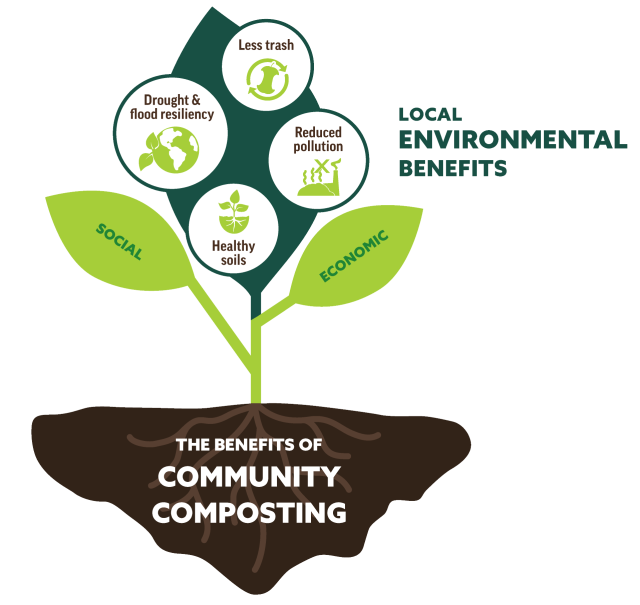
Anaerobic Digestion Graphic
Learn more about anaerobic digestion and how anaerobic digestion works.
View the text on the Anaerobic Digestion Graphic below.

